Google “chemistry set” to find the cost of existing chemistry sets. Once you know how much existing chemistry sets are, you have to figure out who your market is. During the New Deal era where there was a large middle class and income growth was strongest in US history for the bottom 90% (1946-1976), you could have sold science kits to a broad segment of society. But that ended with the Reagan Revolution. For the last 30 years income inequality between the top 1% and the bottom 99% has increased and will continue to increase for the foreseeable future.
The upside is your market is fairly easy to define: parents who are STEM workers (Science, Technology, Mathematics, and Engineering), K-12 teachers, college/university professors, and home schooling parents. The National Science Foundation estimates there are about twelve million STEM jobs in the US. There are about four million K-12 teachers, 1.5 million post secondary educators, and about two million homeschoolers. Not too big a market is it? Nonetheless, knowing your market is most of the battle.
In the IEEE article you may have noticed that STEM wages and salaries have stagnated and show no signs of increasing for the foreseeable future. There really is no incentive to get a STEM degree or to work in a STEM field. Except Mathematics. If your kid is talented at math then you should be making every sacrifice to ensure your kid gets the best math education you can afford. That kid can then go to work for Wall Street and be rolling in dough. Otherwise there's no money in STEM:
"Companies would rather not pay STEM professionals high salaries with lavish benefits, offer them training on the job, or guarantee them decades of stable employment. So having an oversupply of workers, whether domestically educated or imported, is to their benefit. It gives employers a larger pool from which they can pick the “best and the brightest,” and it helps keep wages in check. No less an authority than Alan Greenspan, former chairman of the Federal Reserve, said as much when in 2007 he advocated boosting the number of skilled immigrants entering the United States so as to “suppress” the wages of their U.S. counterparts, which he considered too high." (Emphasis mine, Source)
If your kid declares he or she wants to be a scientist or an engineer you should be just as shocked and horrified as if the kid declared he or she wanted to be a musician or an actor (if you want your son or daughter to move out before age 30). Of course you should encourage music or theater as a HOBBY by taking them to community theater tryouts, open mic venues, talent shows, etc. and attending every performance and school play. Similarly, you should encourage science and engineering by taking them to science fairs at school, 4H, and FFA--as a HOBBY. In the US, science literacy gives your kid options. If there is a shortage of healthcare workers and healthcare wages and salaries are good, science literacy better prepares your kid to train as healthcare worker. When there is a glut of healthcare workers and healthcare wages and salaries take a nose dive, there might be a shortage of, say, plumbers. And if plumbing wages and salaries are better than healthcare wages and salaries, science literacy better prepares your child to transition from healthcare and train to be a plumber.
To ensure that a parent who is a STEM worker can afford to purchase your kit, try to keep SPARK as inexpensive as possible (but not look cheap). Chemicals and child-proof bottles are inexpensive so no worries there. The following are suggestions for some lab ware you may consider including in your kit.
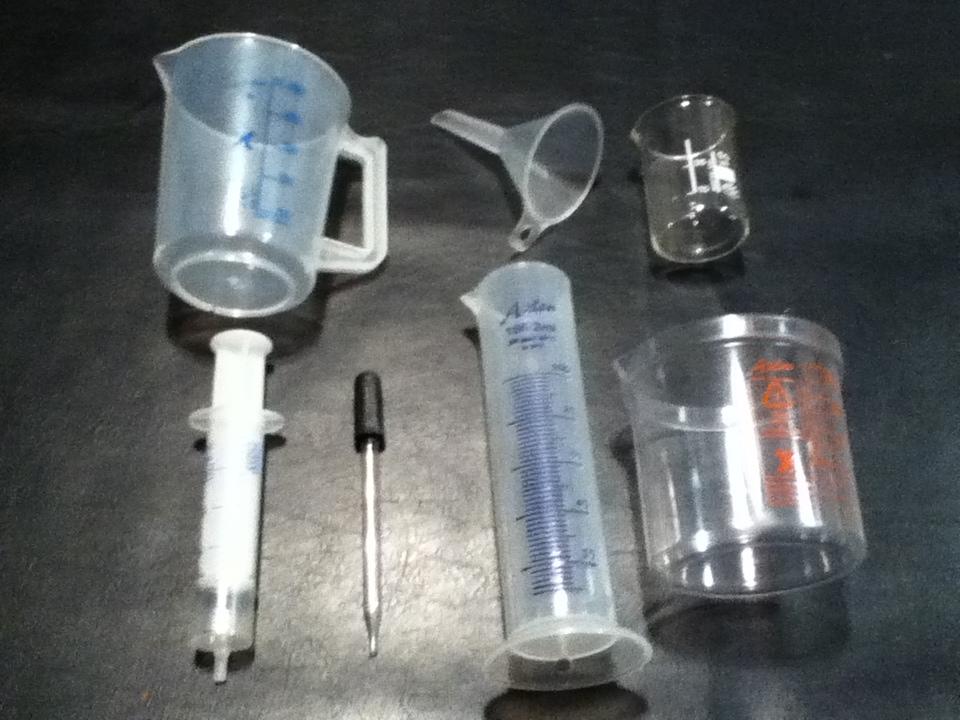
Plastic beaker with handle, funnel, glass beaker, syringe, eyedropper, graduated cylinder, plastic beaker
To keep costs down, most lab ware included in the kit can be made of plastic. The two plastic beakers, the funnel, and the graduated cylinder are samples from www.Dynalon.com. I included my glass beaker as a comparison. The syringe is form Environmental Express www.envexp.com. I tried to get a sample of a plastic Erlenmeyer flask (from different supplier) but have not received it as of this writing.
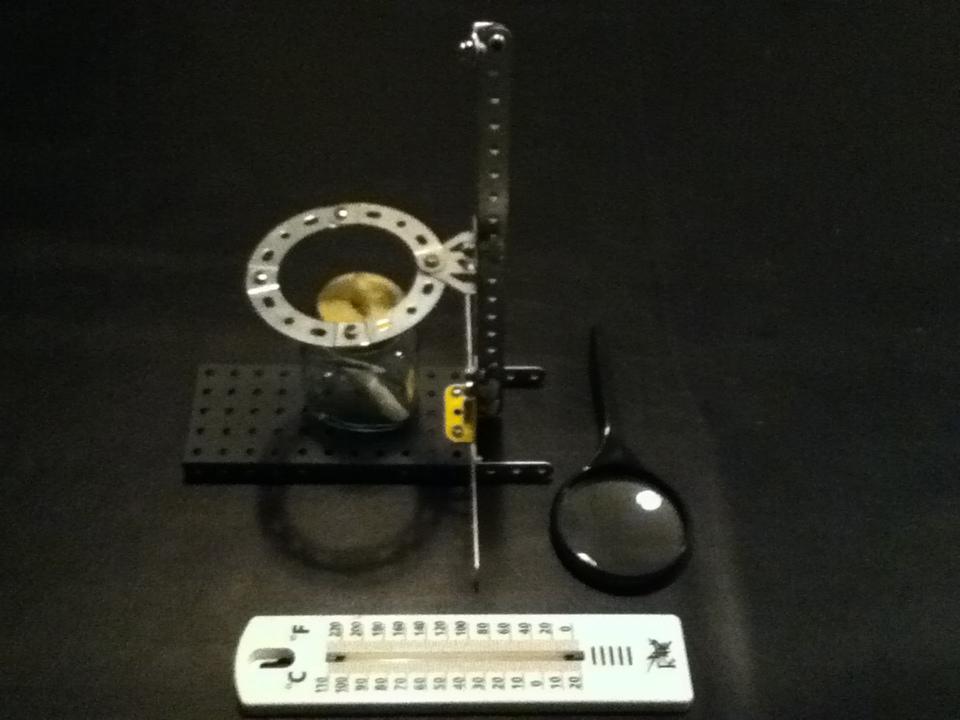
Bunsen burner stand and alcohol lamp, magnifying glass, thermometer
The Bunsen burner stand is made of erector set pieces that you can include in your kit. I’m trying to find a surplus 250ml glass Florence flask to test it, but haven’t had much luck.
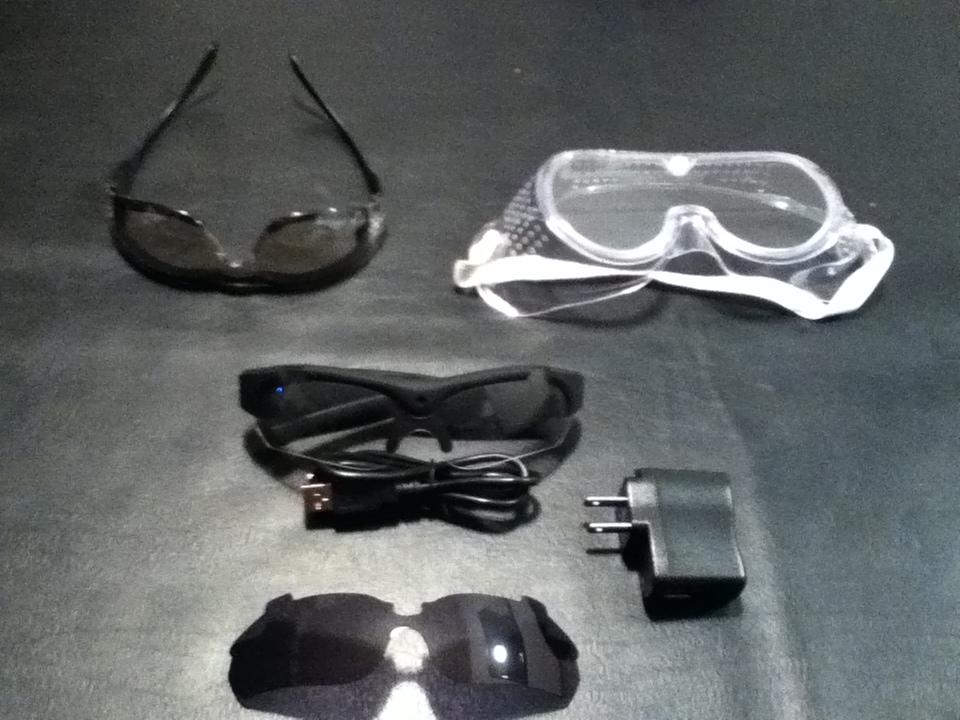
Various styles of protective eyewear.
The glasses with the USB cord and charger are the I-Kam Xtreme video eyewear (Courtesy Howard Communications, Inc.). They are comfortable to wear, the lenses should protect eyes from the splashes and spatters of wet chemistry, and the video is good quality for hands free shooting of experiments. They would make a nice addition to your inventory (as opposed to including them in the original kit as this would drive up the cost of the kit). I’ll post up some video shot with the glasses as soon as I can.
You may wish to include a mortar and pestle, but you might want to consider including a ball mill. Here’s one I built out of K’nex parts:
I’m always looking for ways to repurpose special event/trade show swag. I used the ball bearings form this Magnetix knock-off given out at trade shows. The ball mill was able to turn granulated sugar into powdered sugar in a few minutes.


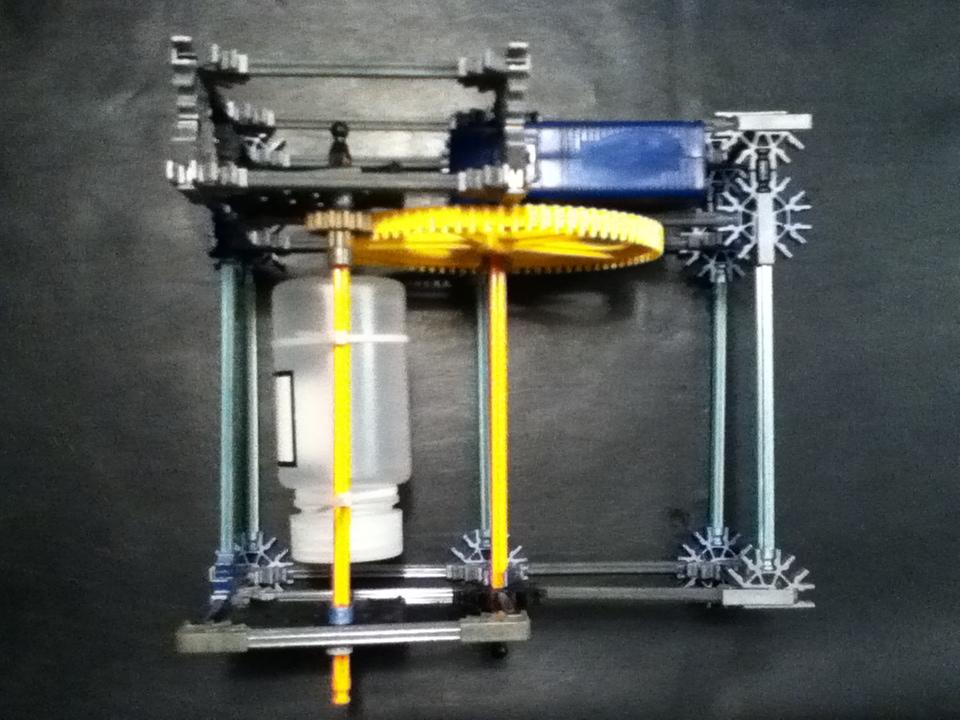
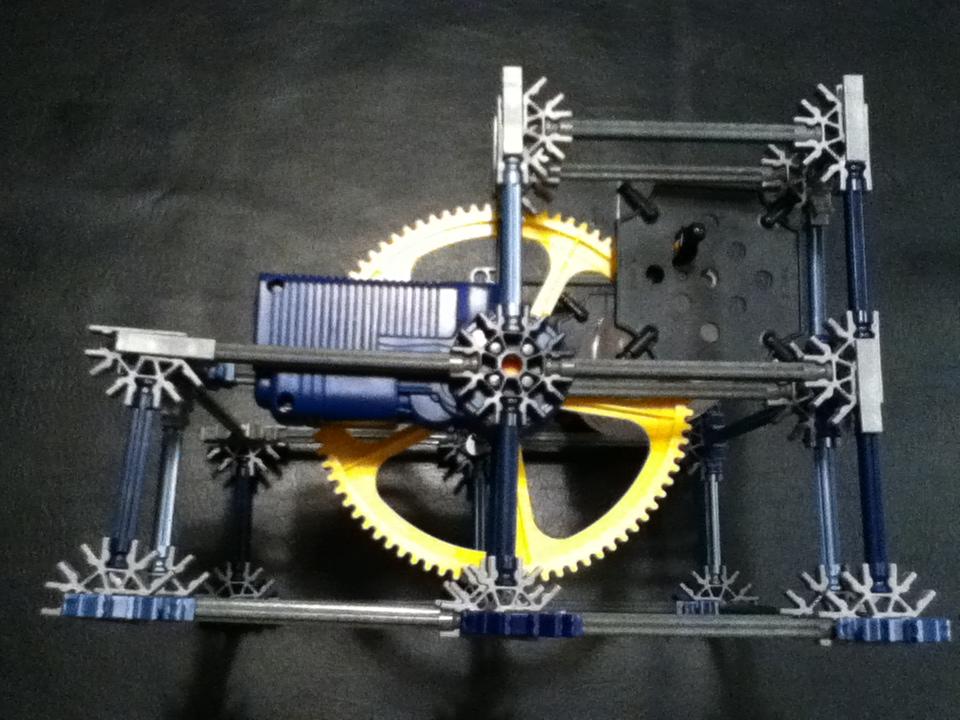
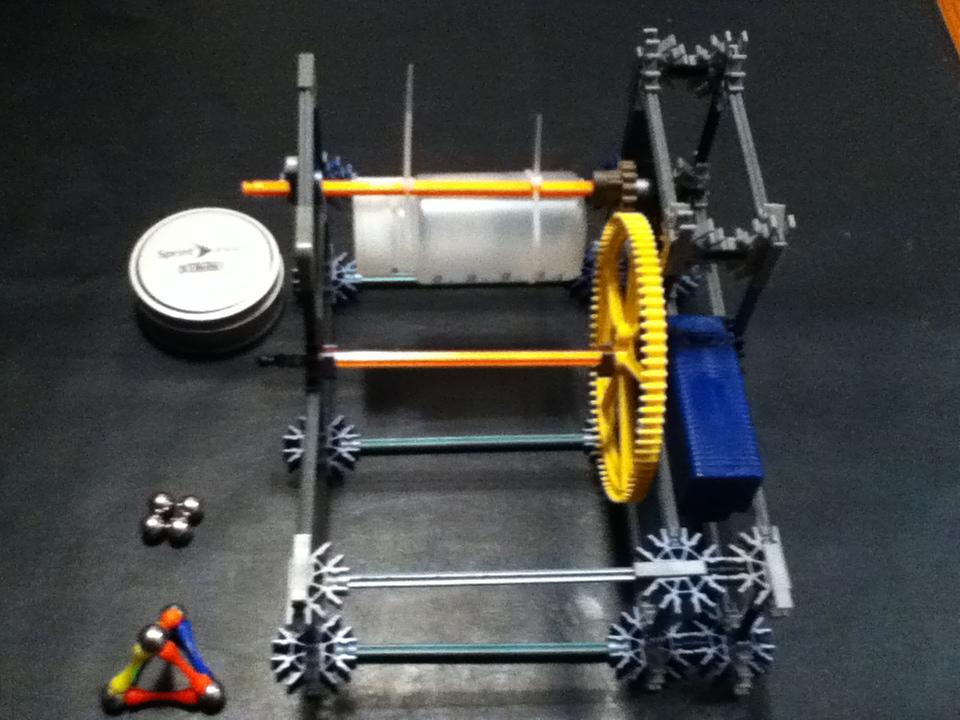


Comments